If we had to survive centuries ago, or even just decades back, life would definitely be much different. Not to mention, much tougher. You can probably guess why! Because most of the products we have for our convenience today did not exist back then.
From mobile phones, autonomous cars, to online shopping available at our fingertips, we often forget how much of a difference these things make in our lives. We have made a list of 30 significant inventions of the past three decades that will surely give you some new-found gratitude for your lives. Let's begin!
The Internet

Of course, the Internet is first on the list. Our knowledge bank waiting to be tapped, instant communication to every nook and cranny of the world; none of it would be possible without the Internet. However, there isn't one particular person to be praised for its invention.
The first functional prototype of the Internet was designed in the late '60s. Nikola Tesla first came up with the concept of a 'world wireless system' in the early 1900s. But only with Tim Berners-Lee's creation of the World Wide Web did the great Internet take over the world. What a remarkable invention!
Photoshop
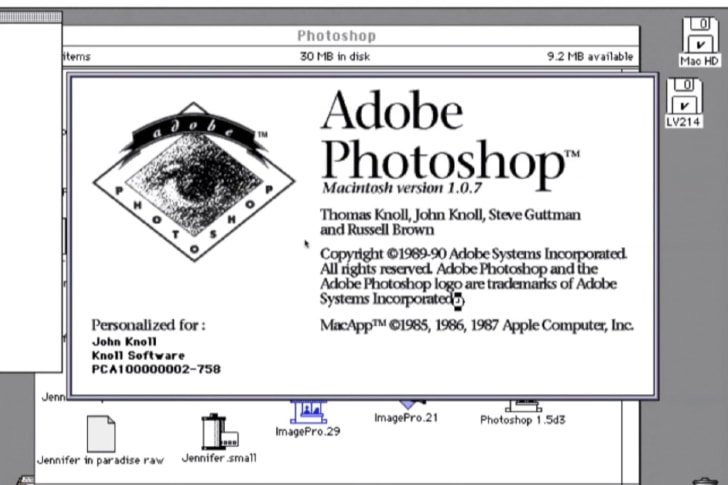
The number of people who use Photoshop on a regular basis is limitless. From graphic designers and artists to photographers, it has become one of the mandatory pieces of software, which professionals use to survive in their relevant industries. The original computer software was designed in 1987 by a pair of American brothers name Thomas and John Knoll.
In the following year, the Knolls sold its distribution license to Adobe Systems Incorporated. The very first application Photoshop 1.0, hit the markets exclusive to Macintosh users in 1990. Here we are in 2020, on the verge of hitting three decades since the first release, and not even close to its obsoletion.
Portable GPS

Remember that time when you had to carry around actual maps or stop to ask for directions? Yes, those days are long gone, thanks to Bradford Parkinson. He is the chief architect behind the designing, development, and implementation of the Global Positioning System (GPS).
Parkinson is a US Air Force Colonel and engineer who was titled as the 'Father of GPS' following the profound invention. Ivan Getting and Roger Easton had also contributed to the system's development at its early stages. In the present, access to GPS is so effortless, given that it is available in all our smartphones.
Caller ID
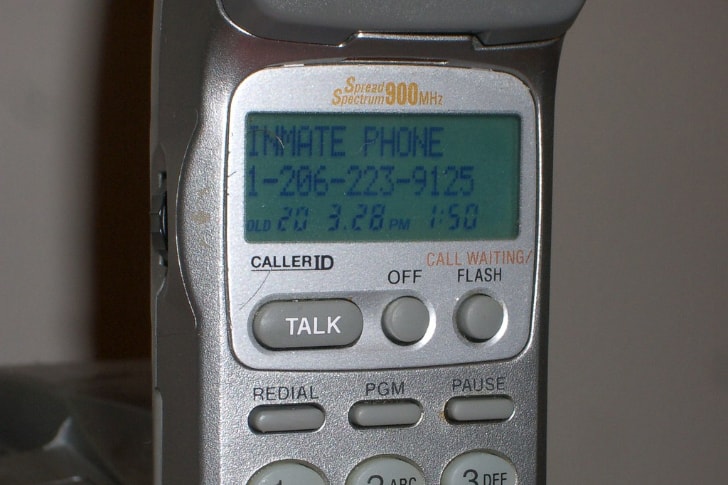
Your need to be dramatic, for instance, by ignoring calls when you're mad at someone, was only made possible with the invention of caller ID. The development of the said technology commenced in 1968 by a Greek-American named Theodore Paraskevakos. It is now a display system available in pretty much every smart device with call service.
Paraskevakos made the original prototype of the caller ID by developing a transmitter and receiver, which became a tremendous hit among telephone companies. The ID appearing on display rather than being a voice announcement was all John Harris' idea. It was put to work by Kazuo Hashimoto in 1976.
Cloning
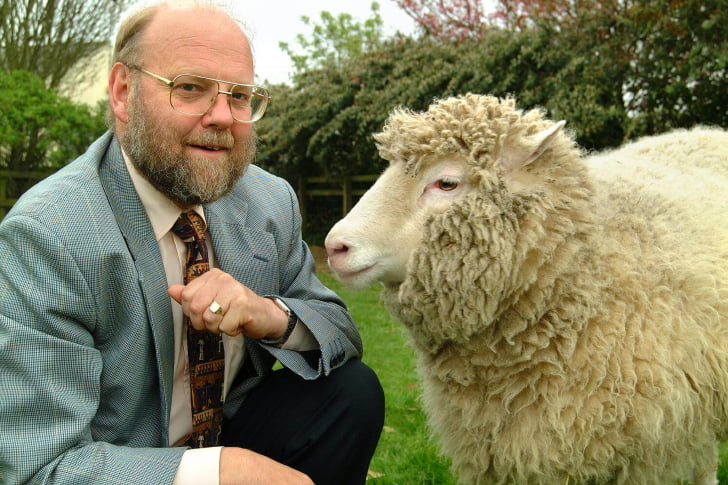
Cloning is defined as the process of creating a genetically identical copy of a cell or an organism. For centuries, scientists have been trying to master the process of cloning. However, only in the late 1800s was Hans Driesch successful in cloning an animal by splitting a sea embryo.
Dolly the sheep (pictured above) was the first mammal to be cloned using an adult somatic cell, through nuclear transfer. Even though it is a commonly used means today, most people believe that cloning messes with nature and evolution. Other religious people also tend to think that it meddles with God's creations.
Email And Text Messaging
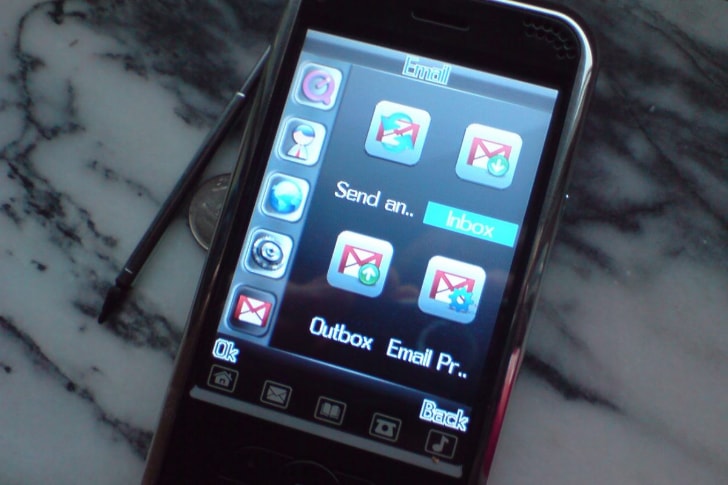
The times when emails and text messaging did not exist seems like forever ago. Today, they are two means of communication widely in use. The late computer programmer, Ray Tomlinson, gets credit as the legendary inventor of the electronic mailing system. It was invented as part of the Advanced Research Projects Agency Network or ARPANET in 1971.
Another commonly used means of convenient communication is texting or SMS (short message service). While Friedhelm Hillebrand and Bernard Ghillebaert first came up with the notion of texting in 1984, the first SMS was sent on the 3rd day of December 1992. In the present, these methods are surely an introvert's best friend.
Netflix
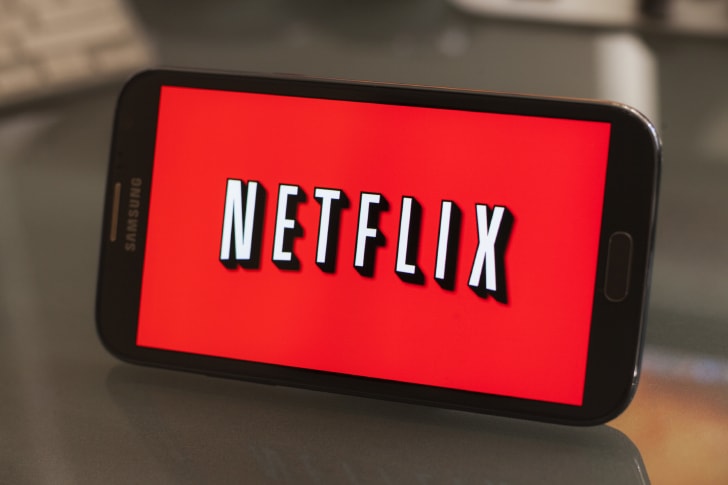
While the phrase 'Netflix and chill' is infamously used in the present, Netflix has become the largest streaming service in the world. Even though the Netflix company was founded in 1997, it didn't launch its streaming service until 2007. During the past decade, Netflix has taken up residence in many households around the world.
Reed Hastings and Marc Randolph originally co-founded the company. It has become extremely popular today, so much that by 2019, the subscription streaming service had approximately 158 million users. Netflix is accessible from anywhere in the world, only excluding a few countries like China, North Korea, and Syria.
Drones
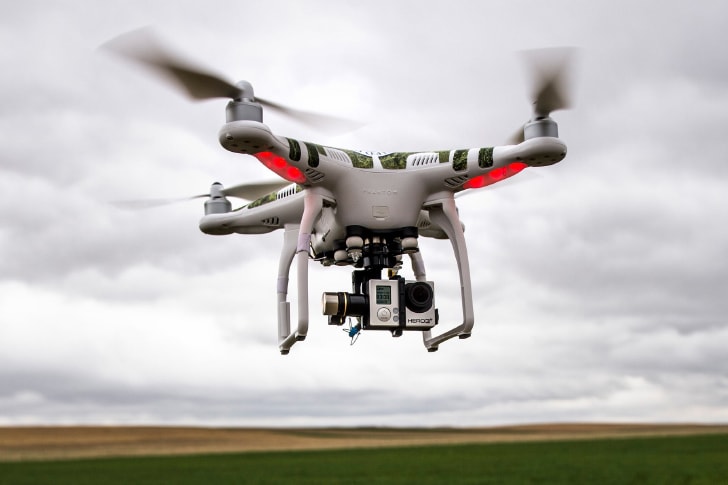
You have probably seen the most amazing pictures captured from above, with a bird's eye view. This was only made possible with an extraordinary invention—the drone. Reginald Denny, an Englishman who served with the Royal Flying Corps, devised the first drone.
Although these mini-sized aircraft were initially developed during World War I, their design and use developed with time. Today, consumer drones are of frequent use among us, regular folks. Cinematographers and photographers use these remarkable objects in order to capture and film unique, as well as hard-to-reach angles. They are also used in agriculture, sports, and educational industries.
Mobile Broadband

Mobile broadband is simply wireless internet access remitted via a cellphone network or Wi-Fi. In the '70s, while working for American Bell Laboratories, the idea of broadband was born to John Cioffi. He started a company named Amati in 1992 that built broadband modems.
Even today, at the age of 63, Cioffi continues to look for and better his ways of making broadband faster. Internet is now a hundred times faster than it used to be in the early 2000s, and thus we are not mad that Cioffi is referred to as the 'father of DSL.'
Hybrid Cars

With mother nature being displeased with her current circumstances, we are forced to look for ways to use fuel more efficiently. Furthermore, the need to minimize pollution is getting stronger by the day. Therefore, Toyota introduced the very first mass-produced hybrid car in 1997—the Toyota Prius.
While hybrid vehicles use two or more different types of power, there exist electric cars that entirely rely on energy stored in rechargeable batteries. Hybrid cars are undoubtedly frequently used today. Nevertheless, electric car models from Tesla, Kia, Jaguar, etc. are reaching broader markets.
Flat Screen Displays
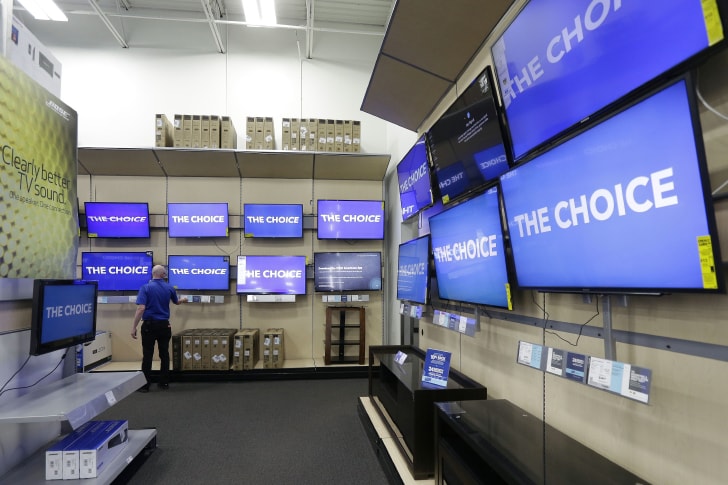
If you have been on earth for at least a couple of decades, you know how much space the old school televisions occupied in the living room. Well, those days are no more because TVs need the littlest area now. In fact, you can now attach your television up on the wall.
We have two professors named Donald Bitzer and Gene Slottow from the University of Illinois to thank for this marvelous creation. The pair, with the aid of a graduate student (Robert Wilson), designed and created the first flat-screen TV in July of 1964. Of course, it was single-colored and low in resolution—a far cry from today's smart TVs.
MP3 Players
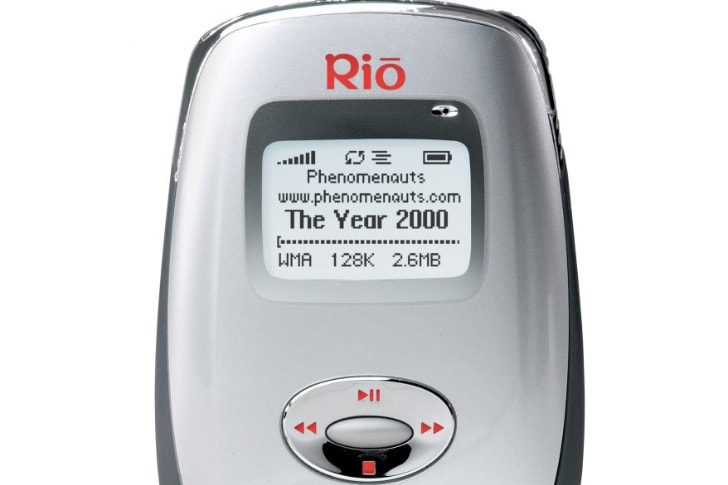
MP3 is short for MPEG Audio Layer III, which is an audio compressing standard with minimal loss of sound quality. Although Karlheinz Brandenburg and Dieter Seitzer, along with a few others, invented the MP3 technology—which genius came up with the MP3 player? Tomislav Uzelac from Advanced Multimedia Products created the first successful version of the MP3 player in 1997.
Subsequently, two undergraduates created WinAmp, which took the MP3's progress to another level. As the MP3 technology was advancing, portable MP3 players became a thing. The downside was they were too big to carry around. That is when Apple made a revolutionary breakthrough with the introduction of the iPod.
Google Search
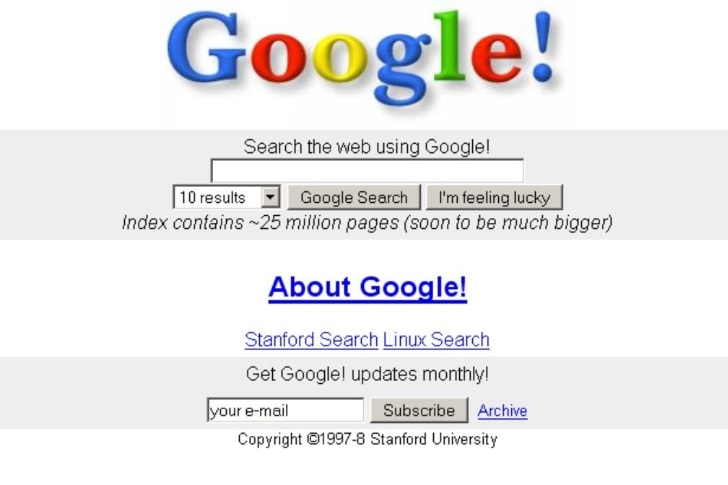
What does one have to do when they require information about a particular topic or want the lyrics of their favorite song? Google it. Yes, it has become that simple today. It is the most used web search engine in the World Wide Web.
Larry Page and Sergey Brin founded the Google company in 1998. Their sole reason? To introduce Google Web Search to the world. While the pair were still students at Stanford University, they created a search algorithm in 1996. This actually produced prosperous results. Google allows access to any publicly available information, news, images, videos, and so on.
International Space Station
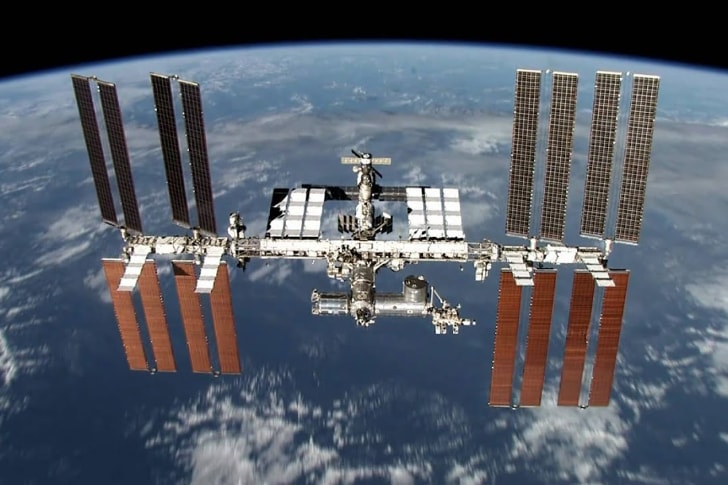
The International Space Station (ISS) is an ongoing project among five space agencies from Russia, Japan, Europe, Canada, and the United States of America. The space agencies are Roscosmos, Jaxa, ESA, CSA, and NASA, respectively. It orbits the earth at a maximum altitude of 2,000 kilometers.
Some out of this world (literally) researches are conducted at the ISS. The team on-board will carry out experiments in biology, physics, human biology, astronomy, and meteorology, among other areas. Its first module named Zarya was launched in late '98 on a Russian Proton rocket.
DVDs
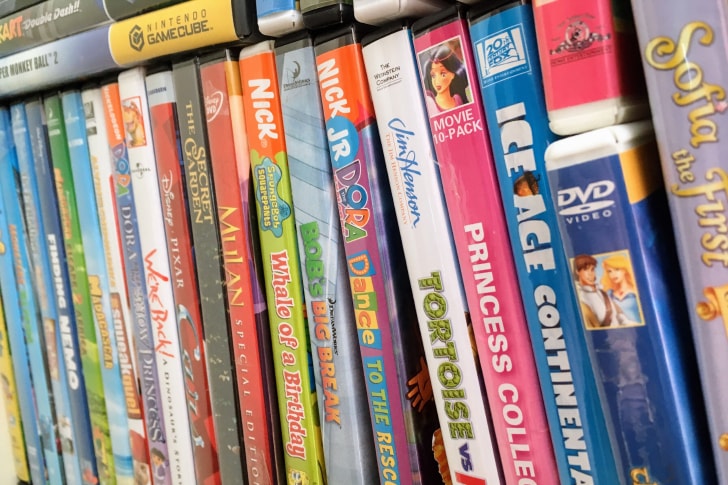
Technology is a rapidly changing thing, no doubt. For our convenience of storing high-quality audios and videos, the Digital Versatile Disc (DVD) came into play in 1997. Since it hit the markets, DVDs have been all the rage in the entertainment industry.
Record stores had to re-organize by the year 2000 because VHS tapes were all being replaced by the new DVDs. The technology that backed the performance of these discs dates back to 1958 when David Paul Gregg and James Russell invented the LaserDisc technology. However, DVDs are now becoming obsolete with computers and the internet taking over.
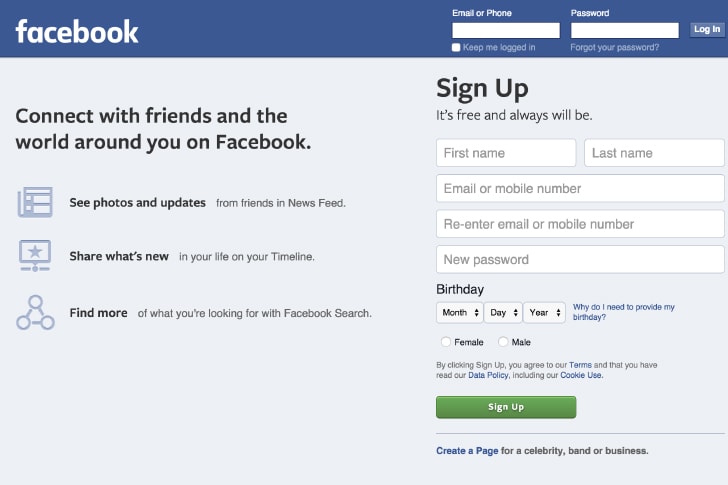
Would you believe that Facebook was initially created as a platform for internet users to rate each other's pictures? Well, that is what Mark Zuckerberg had in mind when he was just a computer science student at Harvard University. Zuckerberg even faced lawsuits when first trying to achieve success.
Although the Facebook company was founded in 2004, it became openly accessible to the world only in 2006. By 2009, it had become the most-used Social Media platform in the world. Since then, it never looked back. Zuckerberg's sowed hard work has reaped its success as he is worth over $50 billion in the present.
YouTube (2005)
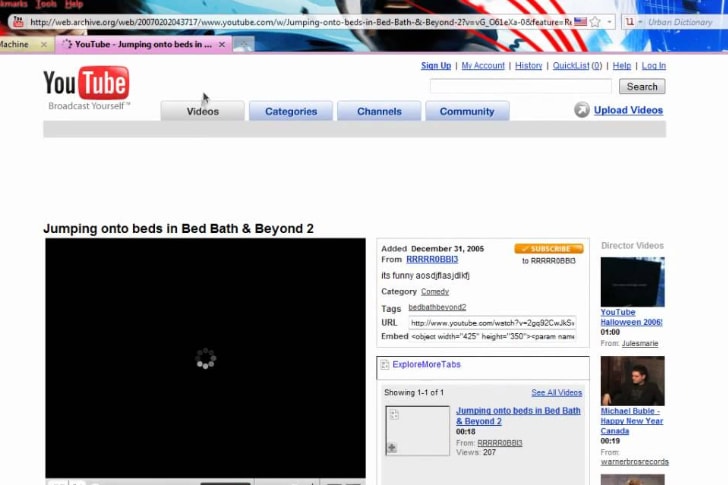
On Valentine's Day of 2005, Chad Hurley, Steve Chen, and Jawed Karim created YouTube in San Mateo, California. Roughly a month later, Karim posted the first-ever YouTube video titled "Me at the zoo." As the years went by, it has evolved into something that the founders wouldn't have imagined.
With over 31 million channels and 5 billion videos being watched every single day, it has become the second biggest Social Media site in the world. The platform created a whole new category of jobs called 'YouTubers'. They are folks who create original content through video form and earn from advertisements and number of views.
The iPhone
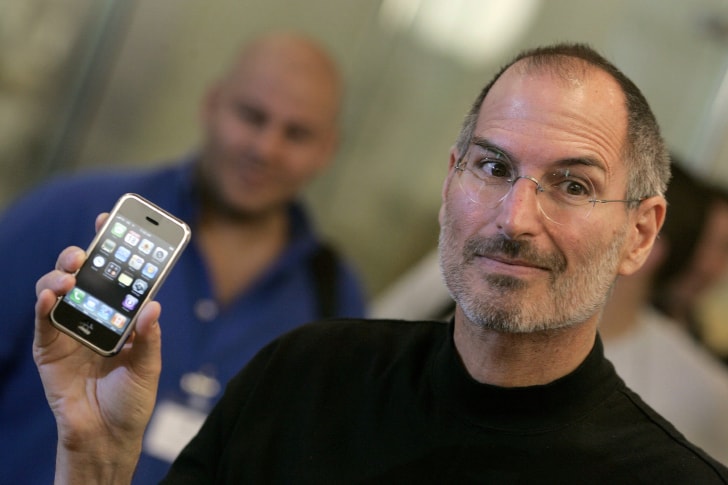
Today's kids have the iPhone on top of their list for Santa Claus. Apple is currently among the top three brands of mobile devices used in the world. Even though Apple did not invent the first smartphone, it launched the innovative iPhone that dates back to June of 2007.
While the engineers of the company got to work following a request from Steve Jobs, the iPhone's form factor was all Jonathan Ive. Since its original release, the trillion-dollar multinational company has continued to improve and advance its designs—releasing a series of new devices every year.
Bitcoin
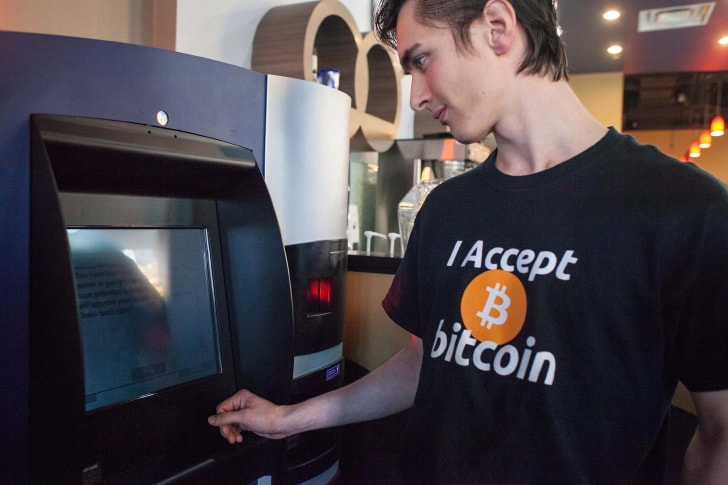
The bitcoin is a virtual currency—meaning it is a digital means of exchange that uses high security in financial transactions. It is a digital currency that exists in a digital wallet. One bitcoin is worth over $8.5K in the present, but it still isn't accepted in many countries of the world.
Satoshi Nakamoto is a 44-year-old Japanese national who is reportedly the brains behind the development, creation, and implementation of the bitcoin in 2009. As much as it is becoming increasingly popular today, most people are still reluctant to invest in them due to the high-risk factor.
Self-Driving Cars
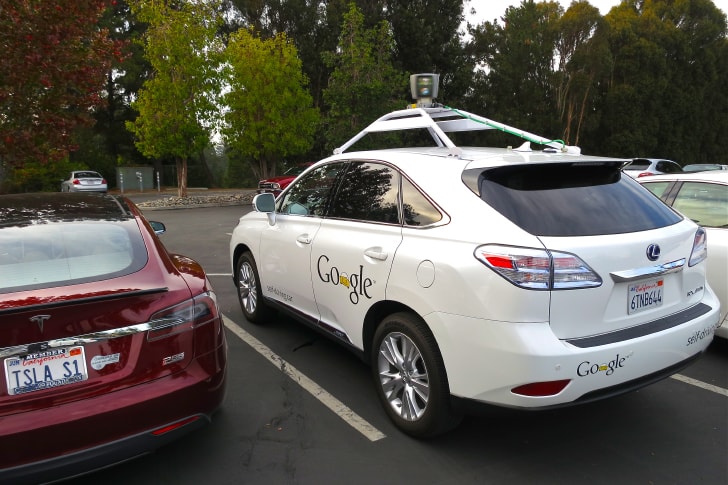
The world is coming up with the most astonishing inventions. However, some of them do seem a bit bizarre. For instance, what do you feel about a car that drives itself? Sure, they are well-designed and produced with the best safety precautions, but how comfortable would you be to let the car drive itself?
In 1986, Ernst Dickmanns, the head of a German engineering team, successfully altered a Mercedes van to become the first self-driving vehicle. Since then, many major companies like Mercedes-Benz, Toyota, and Google, adopted the concept and mass-produced autonomous cars.
Tablets
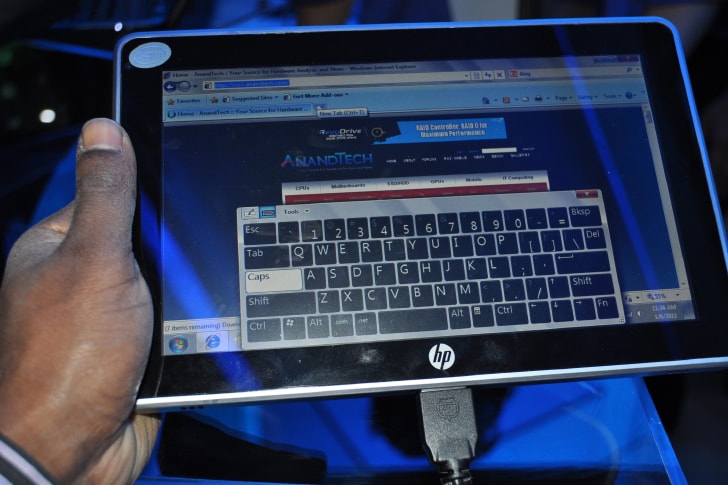
In the present, we have Apple's iPads, Samsung's Tabs, and uncountable other tablets in the market. However, as surprising as it is, the first tablet came into play in 1987. It was a handwriting-recognition tablet called the Linus Write-Top.
With a few other similar inventions over the years, the first tablet computer, similar to what we use today, came in the year 2000. It was a prototype introduced by none other than Bill Gates. Only a decade later did Apple come up with its revolutionary iPad, which has made over 350 million sales in total since 2010.
Sun Roofs

Yes, the sunroof on your car is pretty handy on a beautiful summer day, but that's not what we have here. Although the first automobile sunroof dates back to the '30s, the sunroofs on houses are fairly new. Carl Elkin, an engineer at Google, initiated Project Sunroof for "mapping the planet's solar potential."
Sunroofs on houses began with the use of solar energy to provide an alternate source of constant electricity whenever the sun was up and shining. We think it is a great way to conserve the planet's scarce resources.
The Large Hadron Collider
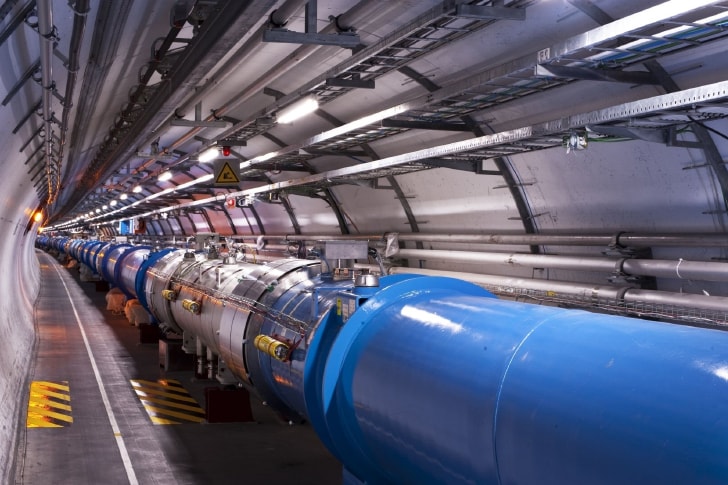
For anyone who didn't know, the Large Hadron Collider is the largest and most powerful particle accelerator in the world. The European Organization of Nuclear Research (CERN) built the LHC, and it began running in 2008. It is a 27-kilometer tunnel with super magnets.
The LHC is supposed to provide physicists with data to allow them to test the predictions of different theories. Simply put, it tries to find answers for the unsolved problems of physics. Although its uses and benefits are beyond the comprehension of lay people, it contributes a great deal to science.
Friendster
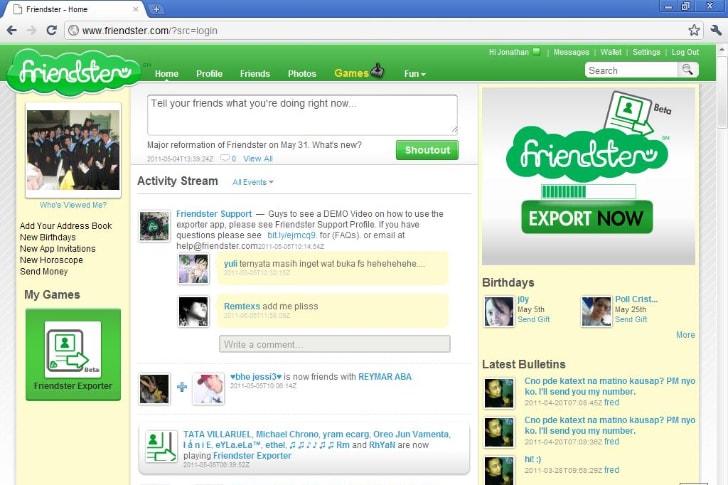
You may remember Friendster as a social networking site that came into play in 2003. The founder, Jonathan Abrams, was in competition with Facebook, MySpace, and Twitter. When Facebook became open to anyone over 13 years of age in 2006, it took over users of other social networks.
Somehow, in 2015, Friendster was sold to a social gaming site in Malaysia. Following changes made to the website, it relaunched as a social gaming platform in 2011. With a majority of its users being from Asia, the platform reached over 115 million registrations.
Online Shopping/E-Commerce/Auctions (e.g., eBay)

If you are ever feeling lazy to go shop for groceries or you need something shipped from another country (or even continent), the possibility is just fingertips away. This invention dates back to 1979 when Englishman Michael Aldrich introduced and pioneered online shopping in the UK.
However, only with the creation of the World Wide Web in 1990 did the ball of online shopping began rolling. Amazon, eBay, AliExpress, among many others, have become the biggest e-commerce websites in the world. In addition to buying and selling items, you can place online bids on things as part of auctions. What a time to be alive!
ATMs
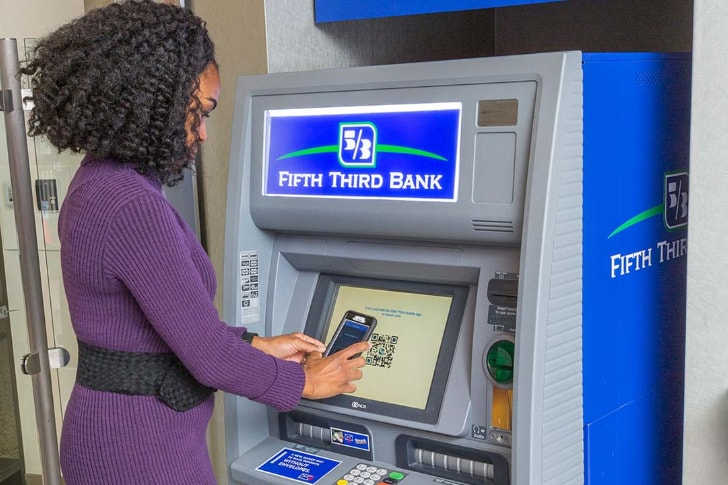
A bank is one of the safest places to keep your money in, and up until 1969, you could only withdraw and deposit funds during the opening hours of the bank. Fortunately, on the 2nd day of September 1969, Chemical Bank installed the first automated teller machine (ATM) at its Rockville Centre branch.
The ATM is a machine that operates electronically, which allows customers to perform financial transactions without the involvement of any bank personnel. One can simply handle their cash as they please—24 hours a day. Not only is it convenient for the customer, but it also reduces the lengthy queues at financial institutions.
Anti-Retroviral Treatment For AIDS

Antiretroviral drugs are medications that are used to battle retrovirus infections like human immunodeficiency virus (HIV). In the past, people suffering from HIV did not have any go-to medicine, and in the '80s, the average life expectancy after being diagnosed with AIDS was one year.
Scientists in the '60s first developed azidothymidine (AZT) as a potential treatment for cancer. However, in 1987, AZT gained approval from the US Food and Drug Administration to be used for treating HIV patients. The creation of antiretroviral drugs has allowed HIV victims to reduce their mortality rate by containing the virus and preventing transmission.
Magnetic Resonance Imaging (MRI)
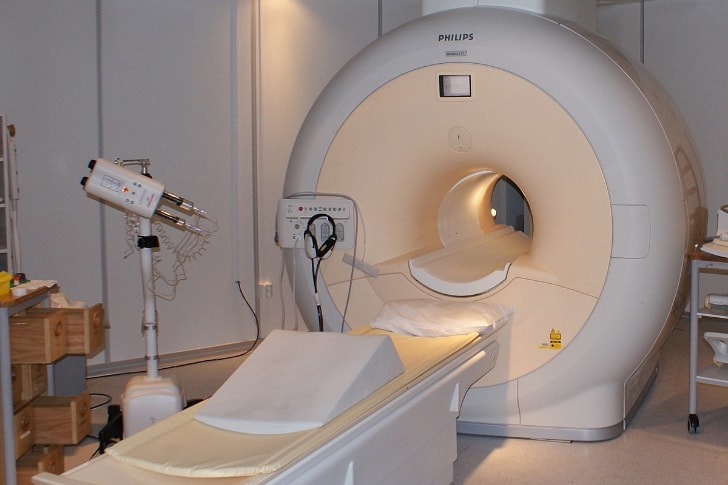
Although very few diseases remain undiagnosable, the advancements in science and technology have allowed medical practitioners to effortlessly identify and treat health problems. From x-rays, robotic surgery, organ transplants, to chemotherapy, science has progressed in unimaginable ways. Among these medical marvels is the magnetic resonance machine imaging (MRI).
In 1971, Paul Lauterbur invented MR imaging. Later, Peter Mansfield refined its image acquisition and processing techniques. For their service to science, Lauterbur and Mansfield shared the 2003 Nobel Prize in Physiology and Medicine. Since MRI does not involve radiation and it provides accurate images of the softest tissues inside the human body.
Office Software (Spreadsheets, Word Processors)

Without a doubt, office software has allowed the convenient fulfillment of tasks at workplaces, schools, and even households. Although the Microsoft Office package is universal, other companies do have similar programs like Pages and Keynote on Apple's iWork. Bill Gates first announced the Office package in 1988.
The original version of Microsoft Office included Word, Excel, and Powerpoint. However, the number of applications has increased considerably over the years, and the features involved have also improved substantially. If you are an office worker, you'd know the role that these applications play at a place of work.
Genetically Modified Plants

Genetically modified organisms are plants, animals, or microorganisms of which the DNA has been altered, different from its natural way. This advanced technological process is also referred to as modern biotechnology.
Although DNA modifications first happened as early as the '70s, the first genetically modified crop was an antibiotic-resistant tobacco plant. This process took place in 1982. The benefits of meddling with the DNA of crops and plants are more nutritious and tastier food, little to no use of pesticides, and higher food supply with lower costs and longer shelf lives.
